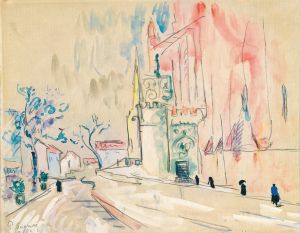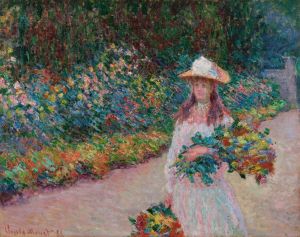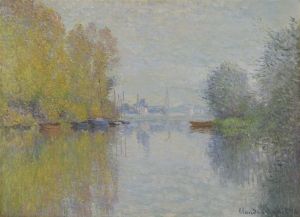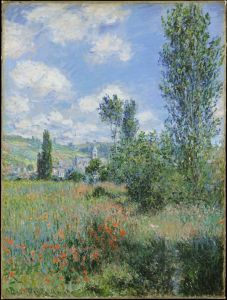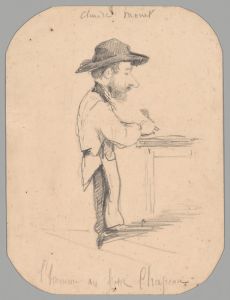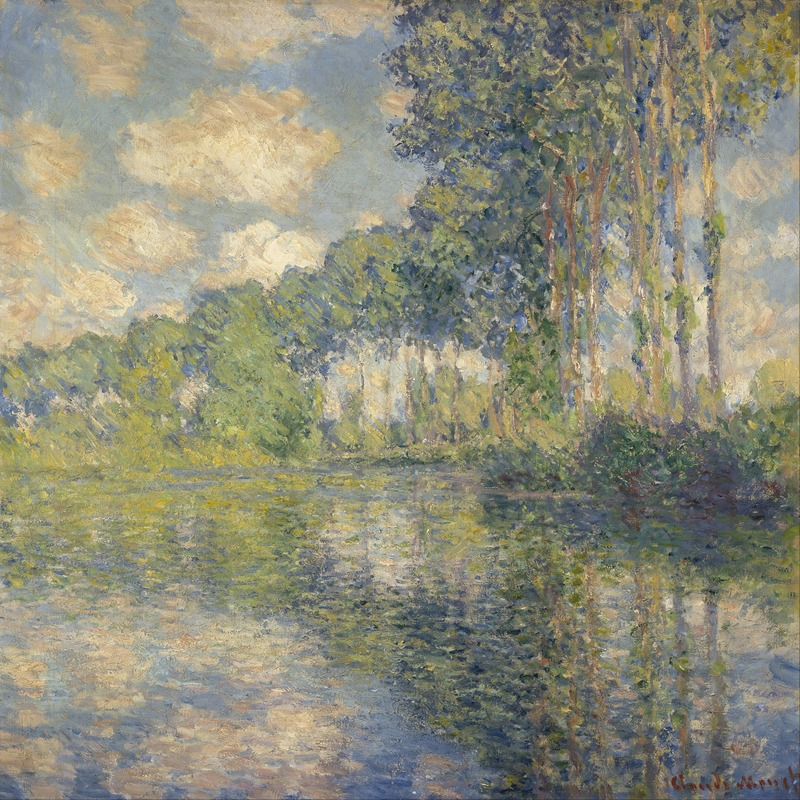
Poplars on the Epte
A hand-painted replica of Claude Monet’s masterpiece Poplars on the Epte, meticulously crafted by professional artists to capture the true essence of the original. Each piece is created with museum-quality canvas and rare mineral pigments, carefully painted by experienced artists with delicate brushstrokes and rich, layered colors to perfectly recreate the texture of the original artwork. Unlike machine-printed reproductions, this hand-painted version brings the painting to life, infused with the artist’s emotions and skill in every stroke. Whether for personal collection or home decoration, it instantly elevates the artistic atmosphere of any space.
"Poplars on the Epte" is a series of paintings created by the French Impressionist artist Claude Monet in 1891. These works are part of Monet's exploration of capturing the effects of light and atmosphere on landscapes at different times of the day and under varying weather conditions. The series focuses on a row of poplar trees lining the banks of the Epte River, near Monet's home in Giverny, France.
Monet was deeply inspired by the natural beauty of the French countryside, and the poplar trees became a recurring subject in his work during this period. The series is notable for its emphasis on the changing qualities of light and color, which Monet achieved by painting the same scene multiple times under different conditions. This approach reflects the core principles of the Impressionist movement, which sought to depict fleeting moments and the transient effects of light in nature.
To create the "Poplars on the Epte" series, Monet worked outdoors, or en plein air, a technique that allowed him to observe and capture the immediate effects of light and atmosphere. He often used a boat as a floating studio to position himself at the ideal vantage point on the river. The paintings in the series vary in composition, with some focusing on the vertical rhythm of the trees and their reflections in the water, while others emphasize the interplay of light and shadow on the foliage.
The poplar trees depicted in the series were part of a row that had been planted along the river for practical purposes, such as marking property boundaries and providing timber. During the time Monet was working on the series, the trees were scheduled to be cut down and sold at auction. To ensure that he could complete his paintings, Monet reportedly arranged to purchase the trees himself, allowing him to continue working on the series without interruption.
The "Poplars on the Epte" series is considered a significant achievement in Monet's career and a quintessential example of Impressionist landscape painting. The works are celebrated for their harmonious compositions, vibrant use of color, and ability to convey the ephemeral beauty of nature. Today, individual paintings from the series are held in major art collections around the world, including the Musée d'Orsay in Paris and the National Gallery in London.
Monet's dedication to capturing the essence of the natural world in the "Poplars on the Epte" series underscores his role as a leading figure in the Impressionist movement and his enduring influence on the development of modern art.





